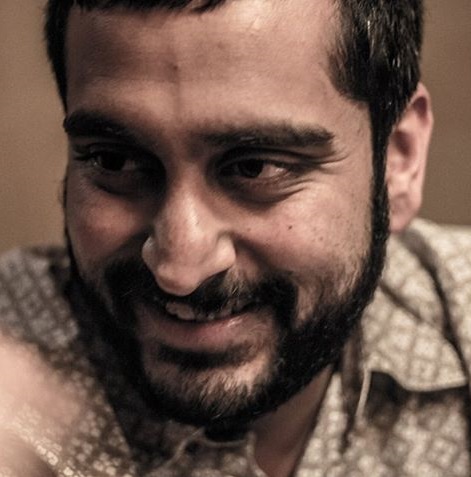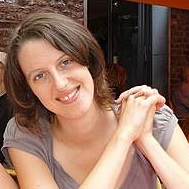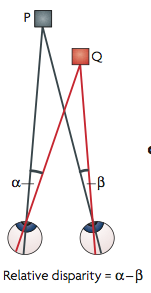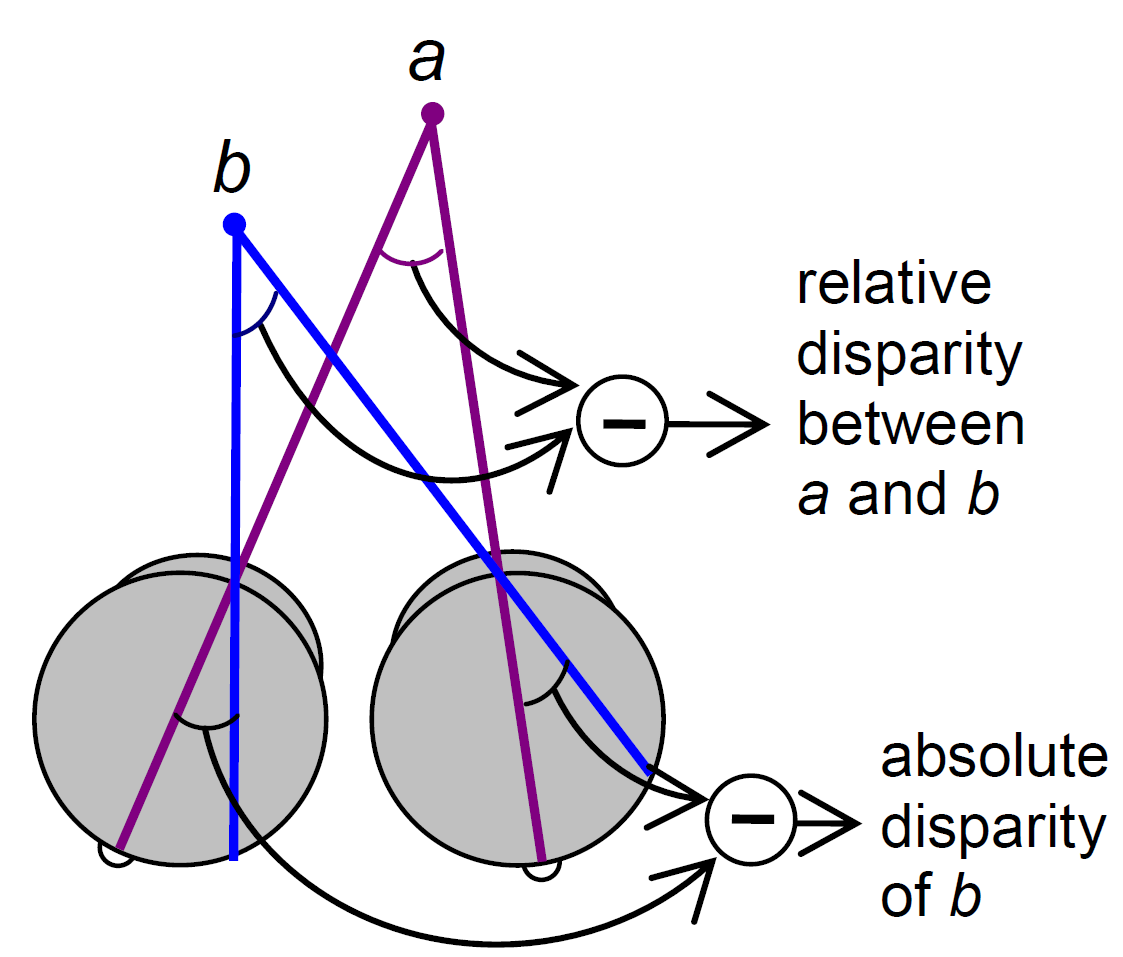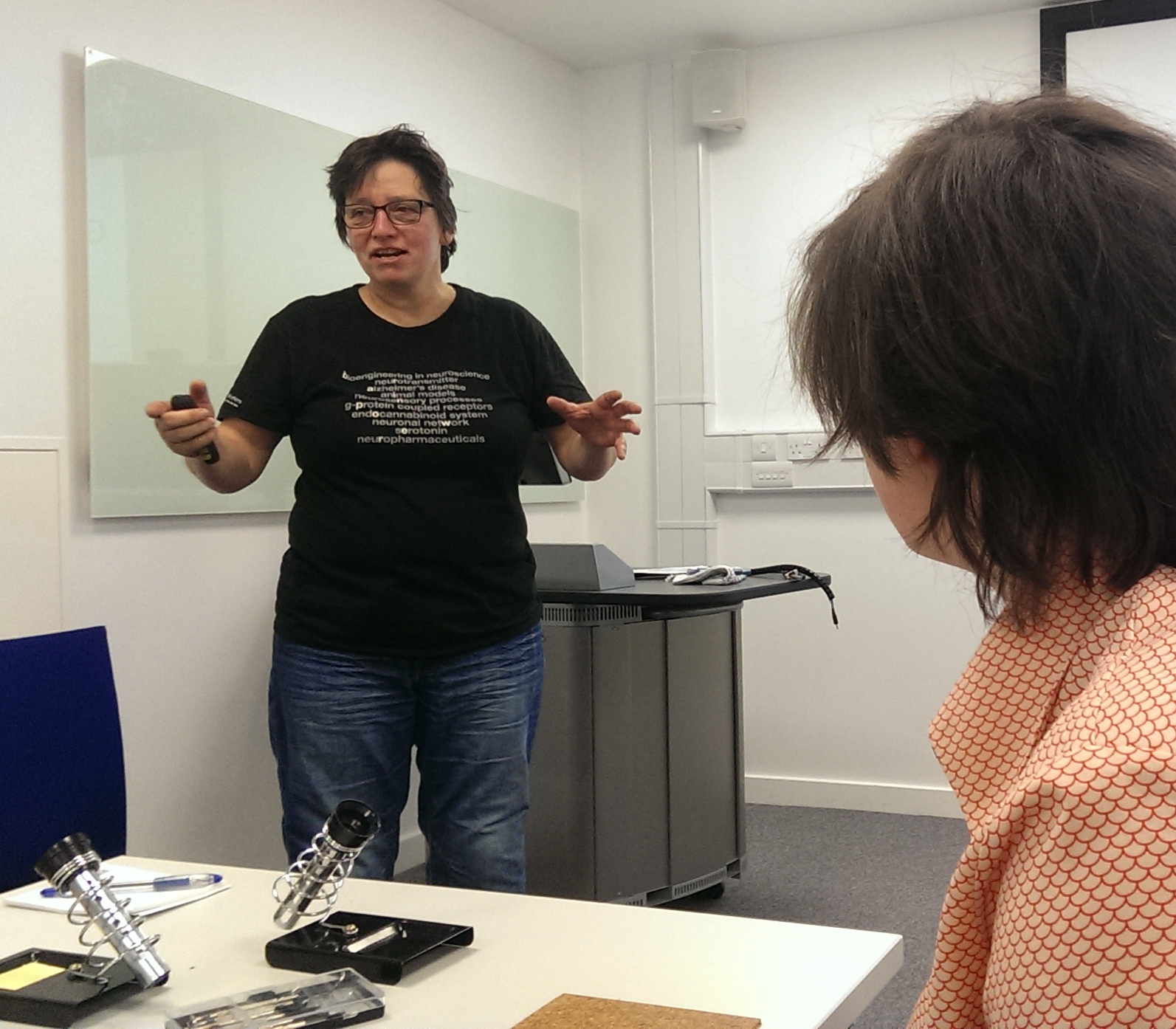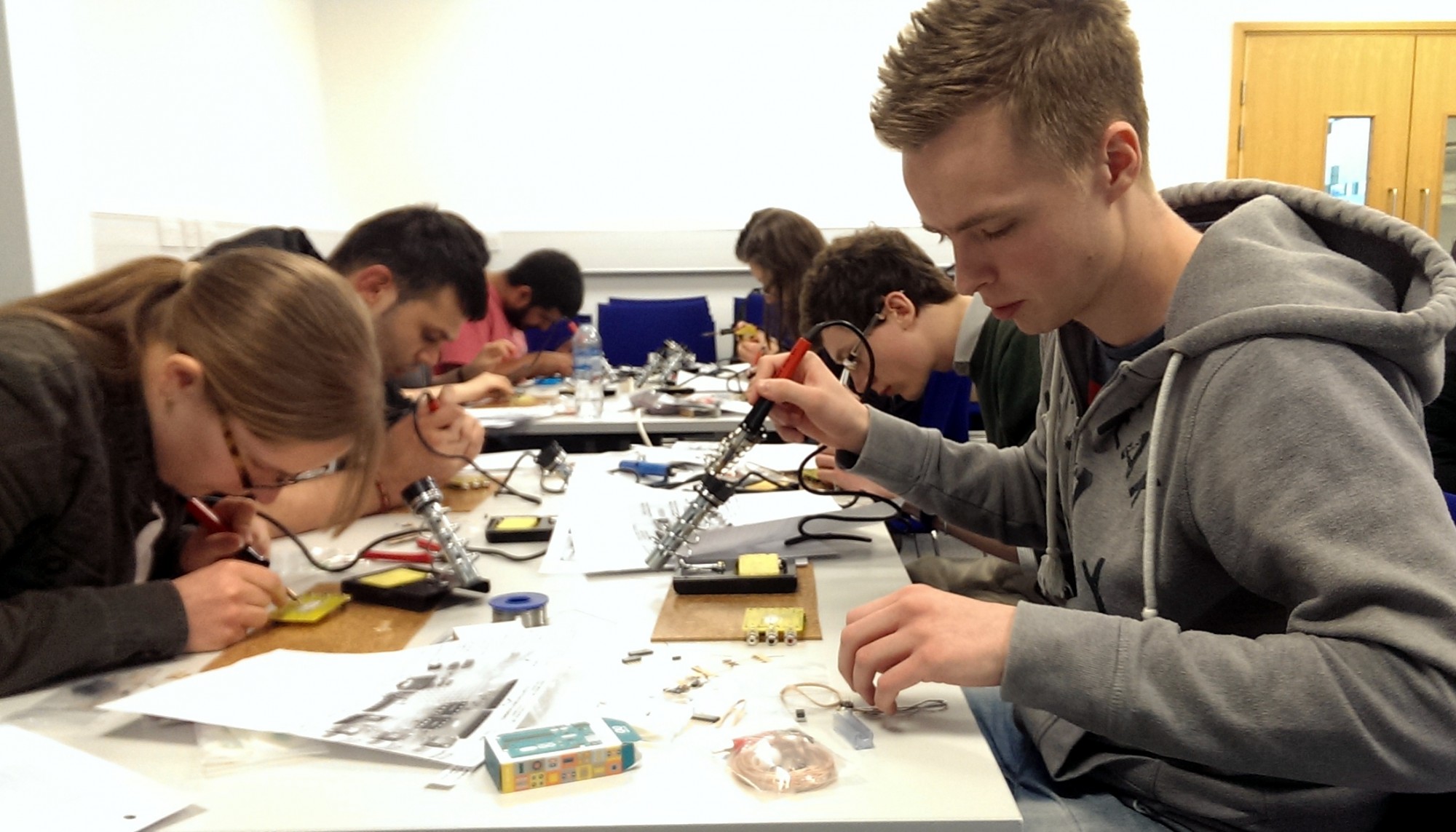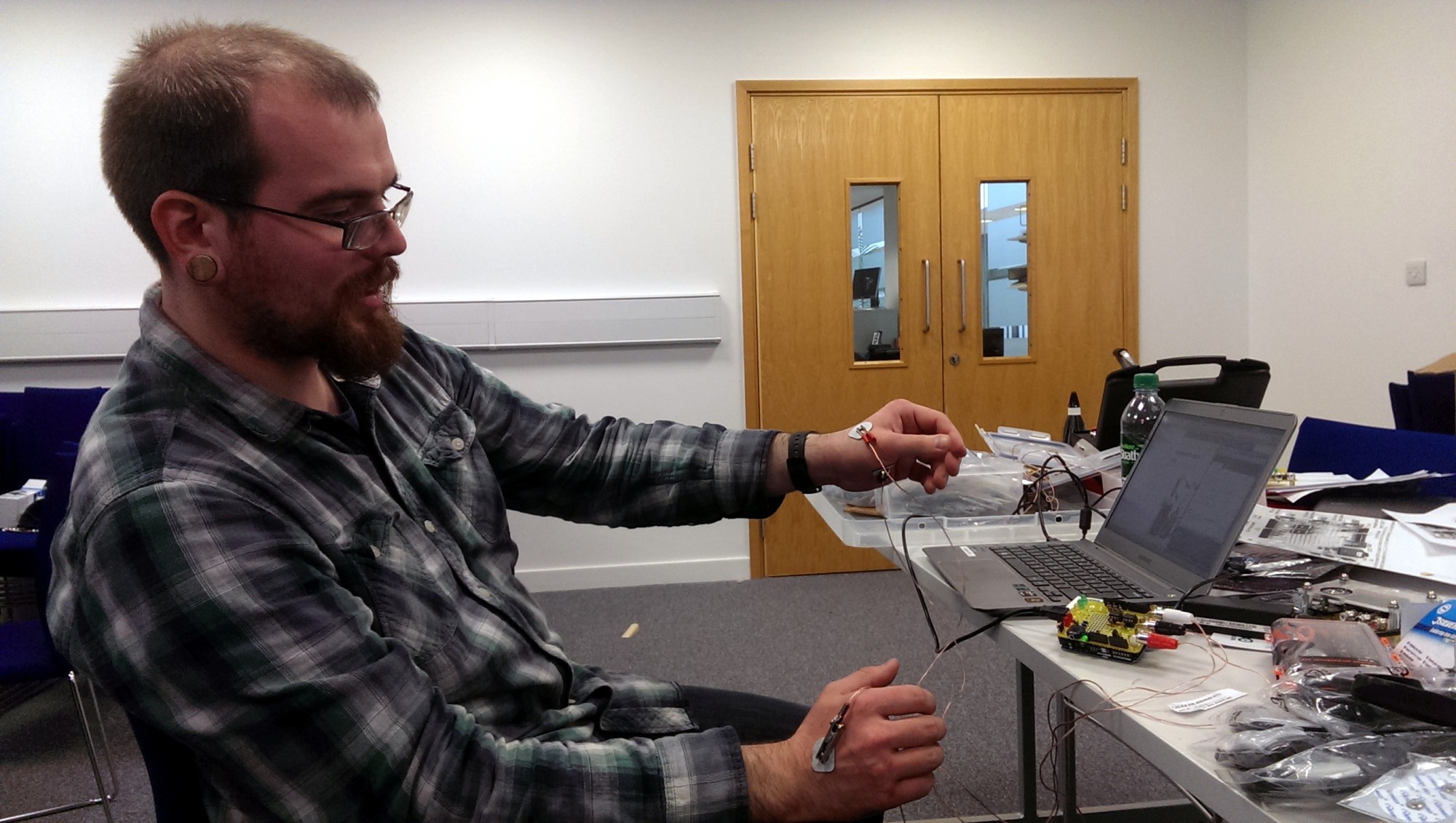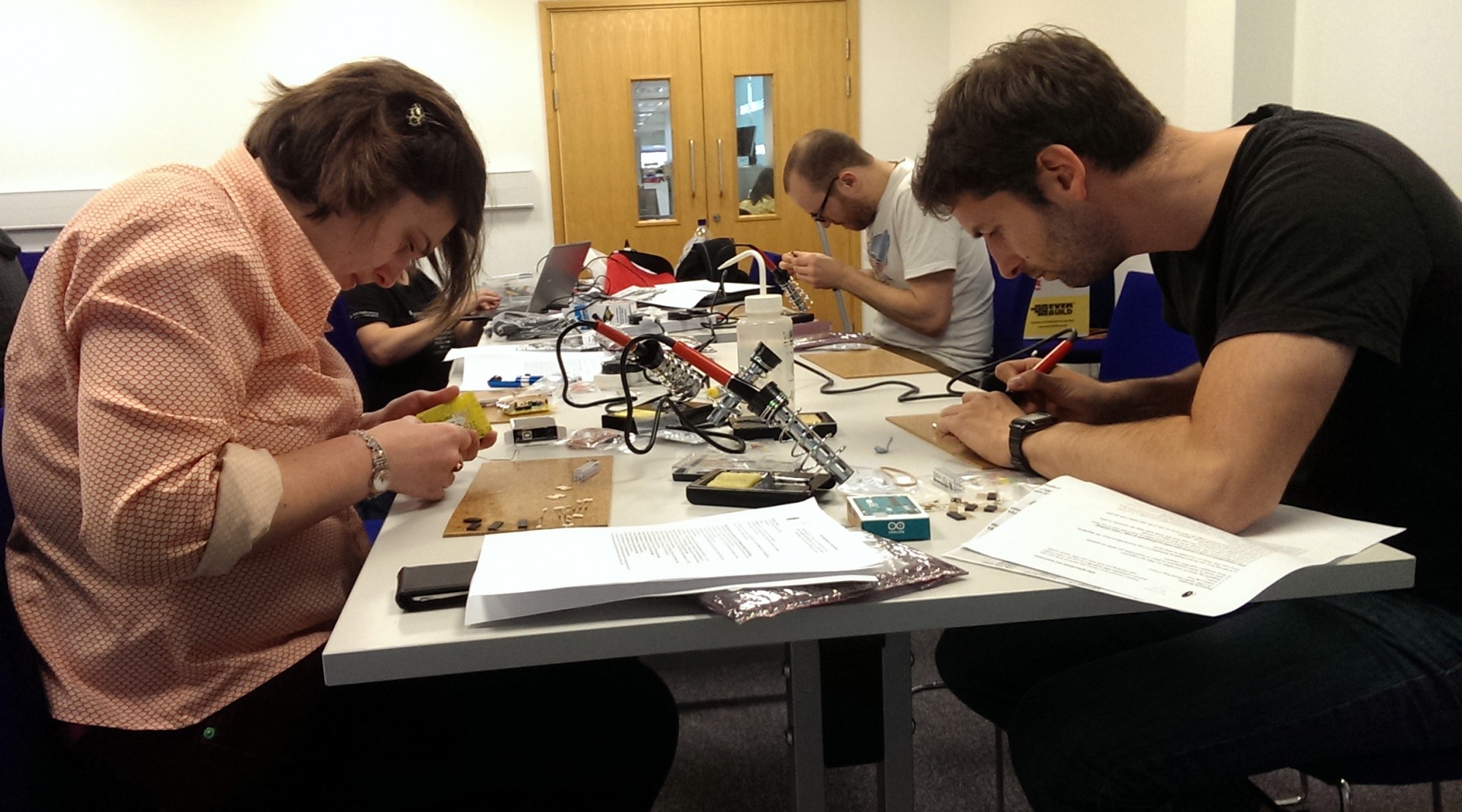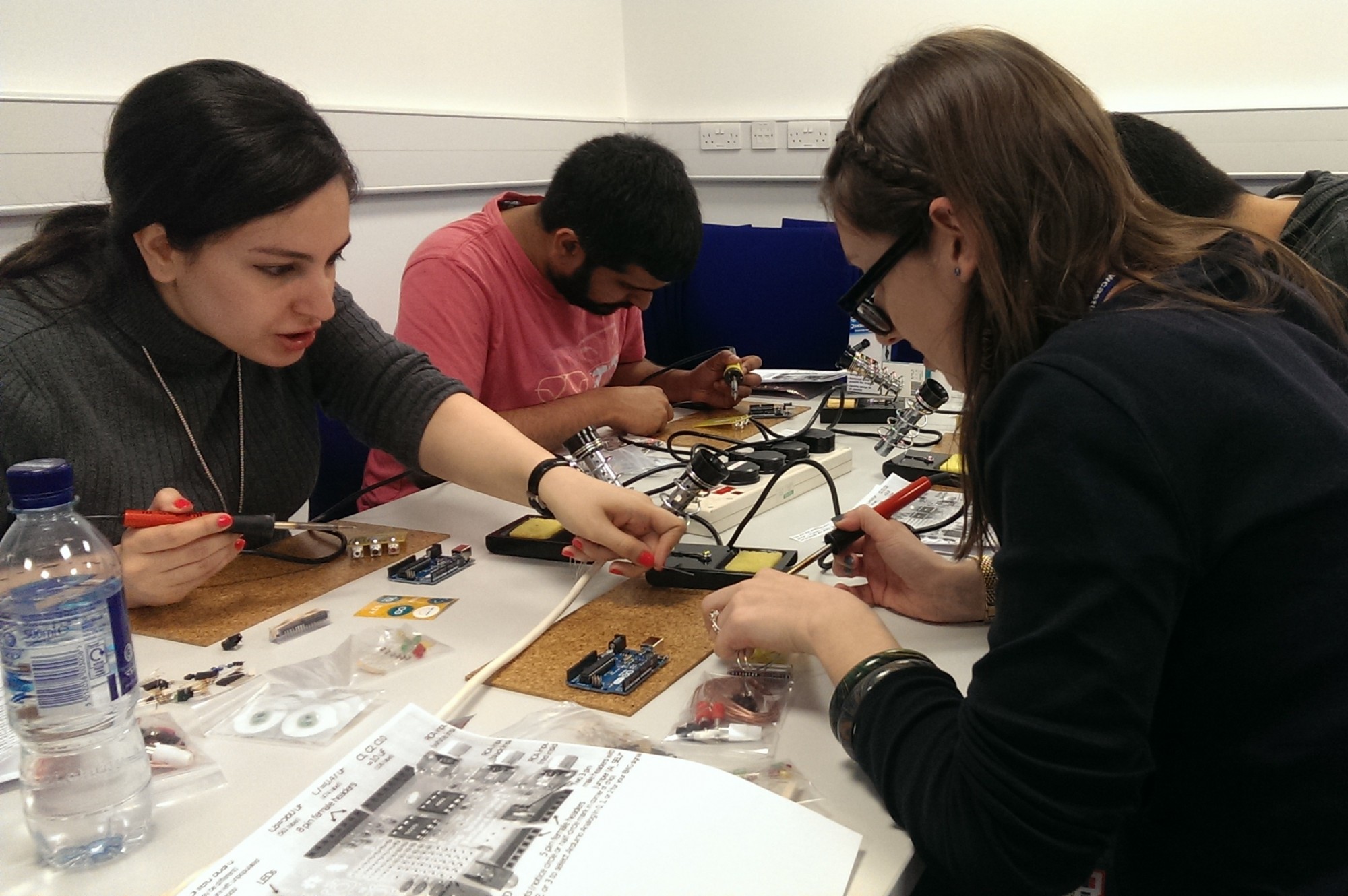Such a fun day today. First off, 9am meeting with Paul to refine our Bayesian cue-combination model. Realised we had made some errors in the last implementation but reckon we have fixed them now. Excited to see what Paul produces in the next iteration.
Then a meeting with a senior academic where I got some useful advice on career development. Following that, a brisk bike ride with a colleague down to the Centre for Life. There we attended a meeting on “how can we encourage women into STEM (science, technology, engineering and mathematics) careers”, organised by the Houses of Parliament Outreach Service, the Institute of Physics and Newcastle Science City. 5 impressive speakers including two local MPs, Chi Onwurah and Pat Bell, who both have a STEM background.
Finally, the lab meeting, with cake courtesy of Vivek, and a chance to catch up on what my talented and productive team have been up to while I’ve been away for two weeks (first at the Computational and Systems Neuroscience conference, and then on holiday). Loads of new data to see. In Claire Rind’s lab, Lisa has been recording spikes from motion-sensitive neurons in the locust. Rob and Nat have been generating interesting new behavioural data on mantis contrast sensitivity, which Ghaith has fit a model to. But most excitingly, Judith, Ghaith and Vivek have been working hard on a new experiment on mantis 3D, which is displaying promising results. We are either close to the breakthrough we have been searching for … or it is a random statistical fluctuation. Another week of data collection should reveal which, and we will either crack open the champagne or be very depressed.
And in a surprise extra, Vivek and Ghaith demonstrated their simulations of different models of science funding. Cool work guys!
Met with a student to discuss project write-up, and finally headed home for dinner with two other academic families: curry and wine for parents while the kids played. End of another week.
How to encourage more women into STEM? I don’t know, but personally I’m loving it here.
